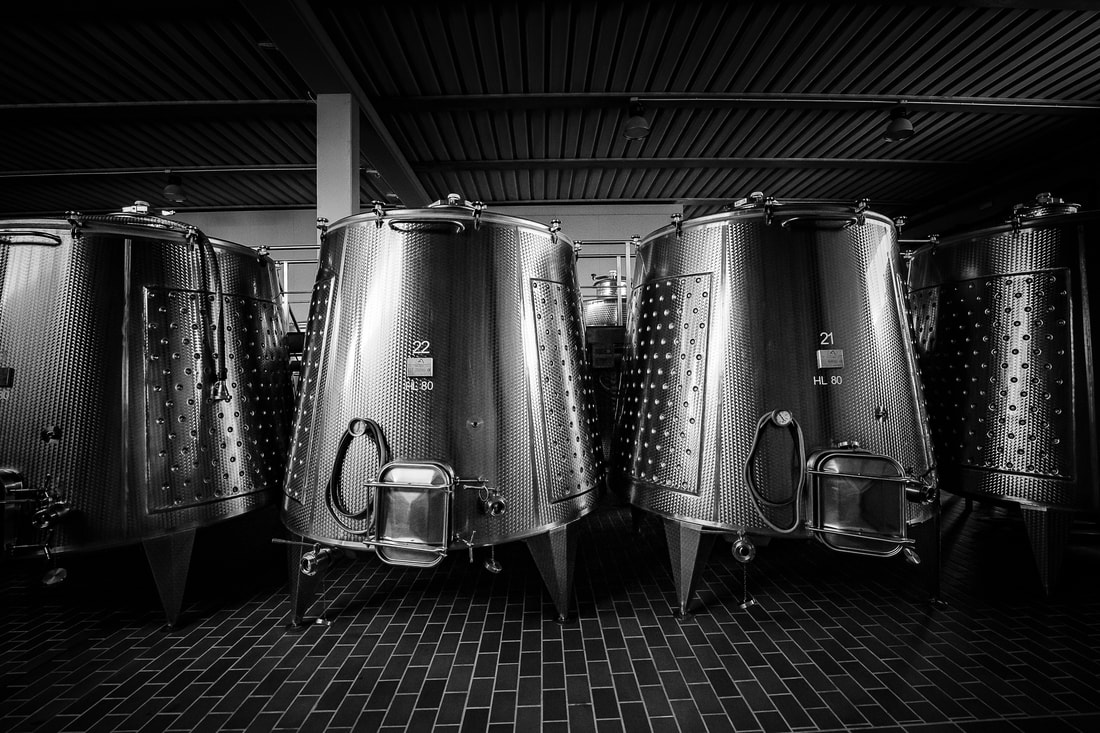Wine Alcoholic Fermentation Chemical Environment
By; Brent Nakano
The wine fermentation environment is composed of both physical and chemical factors. These influence microbial development, microbial metabolism, and other reactions that influence the flavor of wine. Along with the cited sources, we also referenced Ronald Jackson’s textbook Wine Science which we highly recommend purchasing here:
www.elsevier.com/books/wine-science/jackson/978-0-12-816118-0
www.elsevier.com/books/wine-science/jackson/978-0-12-816118-0

